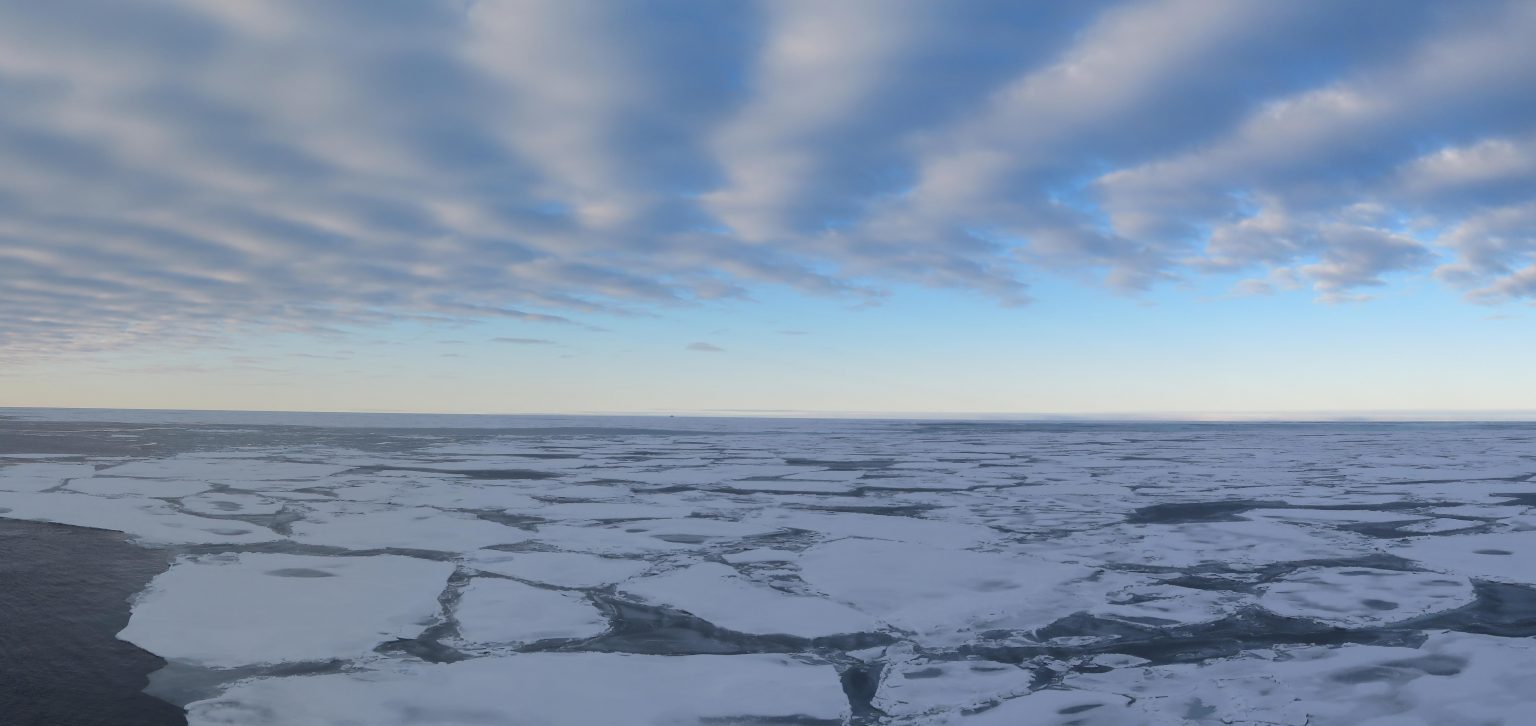
Stratocumuli over the Arctic marginal ice zone in September 2018
Arctic Ocean 2018 Expedition: Microbiology Ocean Cloud Coupling in the High Arctic (MOCCHA)
Duration: May 2018 – December 2020
Publications
Lawler, M. J., Saltzman, E. S., Karlsson, L., Zieger, P., Salter, M., Baccarini, A., Schmale, J., Leck, C.: New insights into the composition and origins of ultrafine aerosol in the summertime high Arctic. Geophysical Research Letters, 48, e2021GL094395, 2021, https://doi.org/10.1029/2021GL094395
A. Baccarini, L. Karlsson, J. Dommen, P. Duplessis, J. Vüllers, I. Brooks, A. Saiz-Lopez, M. Salter, M. Tjernström, U. Baltensperger, P. Zieger, J. Schmale, Frequent new particle formation over the high Arctic pack ice by enhanced iodine emissions, Nature Communications. 2020-10-01, Vol. 11, num. 4924. https://doi.org/10.1038/s41467-020-18551-0
K. Siegel, L. Karlsson, P. Zieger, A. Baccarini, J. Schmale, M. Lawler, M. Salter, C. Leck, A. M. L. Ekman, I. Riipinen, and C. Mohr, Insights into the molecular composition of semivolatile aerosols in the summertime central Arctic Ocean using FIGAERO-CIMS, Environmental Science: Atmospheres, 10.1039/D0EA00023J
Scope of Project
For about five weeks, the icebreaker Oden was moored at a large ice floe in the Arctic Ocean (August – September 2018). Around 40 researchers worked on board and on the ice to take measurements and collect samples from the ocean, ice and the air to understand the coupling between the compartments. The data will help us to better understand the important role of the clouds in the Arctic climate system and how they are modulated by the ocean and ice.

Background
The climate in the Arctic is changing faster than anywhere else on earth. One of the clearest effects of warming is shrinking sea ice, especially in late summer. Today’s weather forecasts and climate models tend not to work well in the Arctic. Many processes that control the climate cannot be described directly in our climate models, but must be described indirectly. Methods for this have often been developed from measurements from lower latitudes. Since environmental conditions are different in the polar regions, calculations of the Arctic’s future climate are more uncertain than for other places on earth. A better understanding of how climate change affects the Arctic, as well as the interaction with the global climate system, is key to making predictions for the future climate.
Research Questions
- Aerosol-cloud interactions: What are the properties of CCNs in low level clouds or fog in the High Arctic? What are the main sources of CCN in the High Arctic? How important are local sources compared to long-range transported aerosols? How are new particles formed and are they a source of CCN in the High Arctic?
- Natural baseline: Can we identify natural vs anthropogenic traces in the aerosol? What are the source processes behind the occurrence of natural particles and do they change with climate change?
Expected Results
- We aim to learn about the significance of new particle formation as a source of CCN, i.e. understanding under which conditions they form and whether they grow to sizes large enough to function as CCN,
- quantify the amount of biogenic material contributing to the aerosol mass and number concentration, and
- constrain the fractional contribution of each particle source to the whole CCN population.
Measurements and Instruments
We deployed a large number of cutting-edge aerosol and trace gas instrumentation in our laboratory container to conduct continuous and real-time observations. Below table provides an overview on the instrumentation and measured parameters.
We were interested in the transects as well as in the drift with the sea ice region. Data from the transects provides the broader context across latitudes with a variable microbial activity along the way. The stay in the sea ice region allowed us to thoroughly characterize the aerosol population when it is highly likely that anthropogenic influence is absent. We were especially interested in the opening of leads, because new particle formation can potentially occur there and respective measurements from a ship-base of such occasions are extremely scarce.
|
Instrument |
Variable |
Range |
resolution |
remark |
|
NAIS |
Particle size distribution Ion size distribution |
2 – 40 nm 0.8 – 40 nm |
5 min |
|
|
UCPC |
Particle number concentration |
> 2.5 nm |
1 sec |
|
|
PSM |
Particle size distribution |
tbd |
1 sec |
|
|
(CI)-Api-TOF |
Chemical composition of clusters (neutral and charged) |
40 – 1000 amu |
1 min |
H2SO4, HIO3, MSA, HOMs |
|
CPC total |
total particle number |
> 2.5 nm |
10 sec |
|
|
CPC interstitial |
Interstitial particle number |
> 7 nm |
10 sec |
|
|
SMPS |
Particle size distribution |
11 – 600 nm |
5 min |
behind thermodenuder |
|
CCNC |
Cloud condensation nuclei number concentration |
0.1, 0.2, 0.3, 0.5, 1.0 % |
1 sec |
behind thermodenuder |
|
AMS |
Submicron non-refractory particle composition |
~50 – 700 nm |
1 min |
SO4, NO3, NH4, Chl, Organics |
|
Aeth |
equivalent BC |
7 wavelength |
1 sec |
|
|
APS |
Particle size distribution |
0.52 – 19 um |
20 sec |
|
|
Picarro |
Trace gases |
1 sec |
CO2, CO, CH4, H2O |
|
|
2BT |
Ozone |
10 sec |
O3 |
Team and Partners
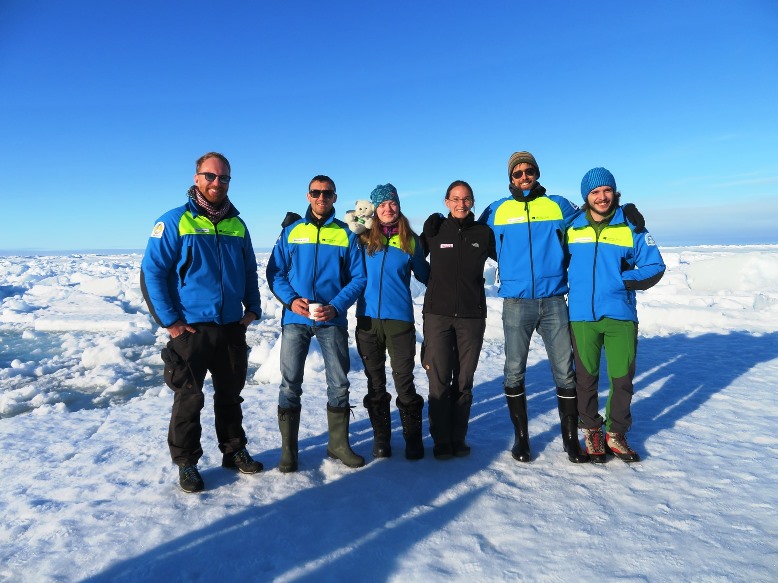
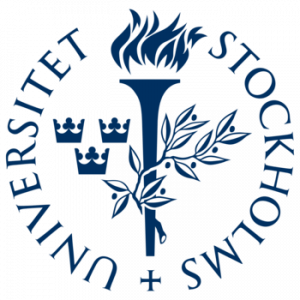

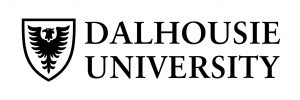
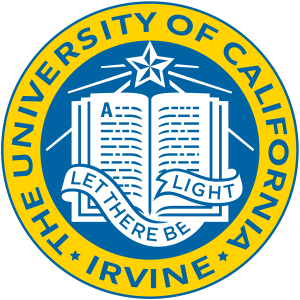
Funding


Links
Online blog: https://www.psi.ch/lac/arctic-ocean-blog
Offical webpage: https://polarforskningsportalen.se/en/arctic/expeditions/arctic-ocean-2018(link is external)
Press release: https://www.eurekalert.org/pub_releases/2018-05/su-cts052818.php(link is external)
https://www.aces.su.se/research/projects/microbiology-ocean-cloud-coupling-in-the-high-arctic-moccha/(link is external)[SJY1]